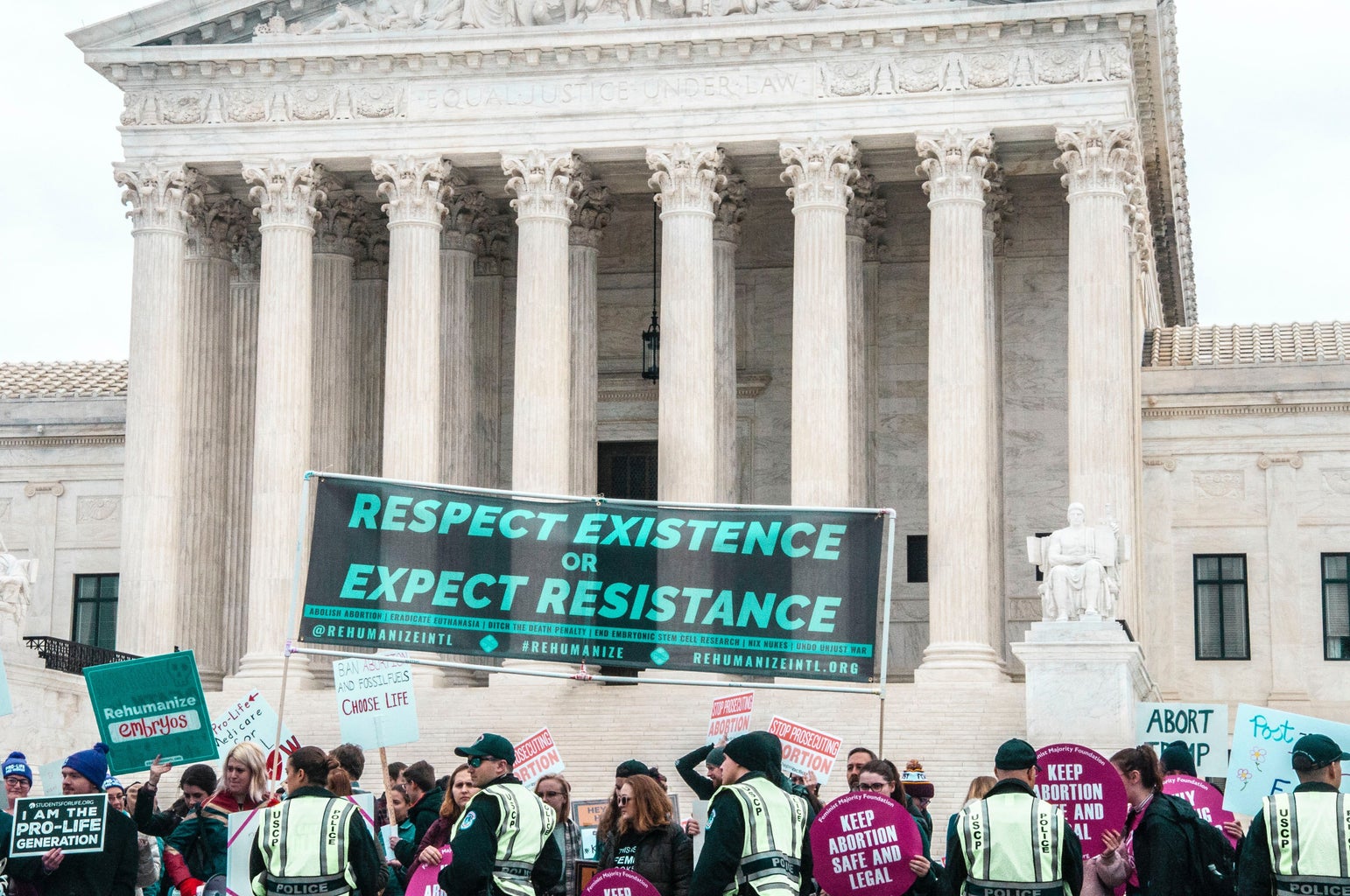For as long as it’s existed, the Internet has been spreading knowledge about everything from the most trendy fall lipstick color to the top 15 most outrageous @realDonaldTrump tweets. Social media is one of the best reflections of this — within the last few years, apps like Instagram and Twitter seem to have transformed into zones of enlightenment. But with this massive influx of conflicting information, how do we sift through it all to find what’s “real”?
On one hand, it truly is a blessing to live in a world where the news is summarized in cute, concise paragraphs and plastered onto pretty pastel backgrounds. But it gets tricky when the information is neglected in favor of these aesthetics, or when we share “facts” without checking them first. This often leads to a stream of misinformation, with real messages literally drowning in a deluge of needlessly aggressive comments. It gets even more complicated when the actual voices of minority communities are lost in these arguments, making you wonder what the point of this digital activism even is if it doesn’t include the people it claims to protect.
I’ll be honest, I really can’t be too critical of this — and nor am I trying to be! Just like any other social media user, I am often swayed by the posts I see, and I think it’s only natural to be a little influenced by something a close friend shares on their Story. Plus, I understand that these posts are often the only resources users might have access to. For me personally, the inherent problem isn’t the existence of these posts or the people who make them, but how people are responding to them.

So, what can we do about it? How do we navigate a space where it’s so hard to tell when something is doing more harm than good? I’m definitely still on my way to figuring it out, but here are some ways in which I’ve been trying to appreciate my Instagram timeline while also recognizing where it’s going wrong.
Step 1: Read posts carefully!
I 100% believe we all have pretty solid comprehension skills, but it’s definitely easy for even the most meticulous of us to miss something important while skimming through posts as quickly as we do on Instagram. Since most people open Instagram for media that’s easy to consume, it’d be unfair to expect everyone to put a lot of effort into making sure everything they’re sharing is accurate. But if you are going to share something, it helps to be responsible and cautious about what you’re putting out there.
Step 2: Don’t believe it at first!
I’ll be real, I am not a skeptical person and under most circumstances wouldn’t push the whole “guilty until proven innocent” thing. In this case, though, it is pretty important to consider that most posts aren’t written by experts, but by people who are learning, just like us. Beyond that, the number of accounts run by brands or influencers make it really hard to discern which part of it is genuine and which is just performative activism or “woke-washing”.
Step 3: Do your own research!
While reading a series of bullet points is a great start, it obviously isn’t close to enough. It’s easy to convince ourselves that we’ve got a general sense of racism based on a well-worded listicle, but no matter how articulate it is, it cannot do justice to such a broad and complex human experience. Read the words of experts and members of vulnerable communities, watch documentaries, and — perhaps most importantly — listen to the real experiences of your friends and peers. Instagram posts cannot represent every voice: the only ones who can are people themselves.

Step 4: Form your own opinions!
This is a bit of a tricky one, and probably the hardest to accomplish unless you’ve done Step 3. Instagram posts love to convince their readers to think a certain way, but there’s definitely a point where they start to impose rather than just persuade. At least for me, I think it’s more important to reflect on what I can learn from something rather than blindly agree with a popular opinion.
Step 5: Keep changing your mind!
Education is a lifelong process, and not something that can be fixed within just a couple of months. Humans have literally been on earth for millions of years, and it would be impossible to understand everything about human existence. It’s more than okay to be “wrong” and to alter our opinions based on new information! Keeping an open mind and accepting the natural process of learning are the first steps to growth and change.
Ultimately, it’s impossible to categorize Instagram activism as either “good” or “bad”, but it’s pretty safe to say that it shouldn’t be the only thing to rely on! As a generation that demands change, we must look just a little bit beyond the surface. Revolution takes time: the best we can do for now is work on ourselves, learn to be critical and open-minded, and gradually grow into more sensitive, empathetic people.



